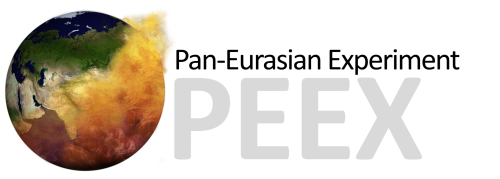Project Description
The project “Integrated Modelling for Assessment of Potential Pollution Regional Atmospheric Transport as Result of Accidental Wildfires” (IMA-WFires) has started its computations at the CSC (https://www.csc.fi/en) actively using the super-computing infrastructure and resources. It is implemented within the frameworks of the HPC individual grant of the HPC-Europa3 Transnational Access Programme.
The project realization is divided into two parts: the virtual online (which started in August 2021and is realized now) and the face-to-face visit (scheduled for March-April 2022) to the University of Helsinki.
The IMA-WFires study aims to analyze the regional influence of wildfire emissions occurred in the exclusion zone (abandon area) of the Chernobyl nuclear power plant (Ukraine) and to identify the affected territories in case of active fires near and within radioactive polluted spots and in a close proximity to the plant.
During the last years, the Chernobyl exclusion zone (CEZ) is often affected by wildfires with one of the most severe case was observed in April 2020. A huge amount of combustion products was emitted into the atmosphere. The firefighting of occurred active fires in the CEZ zone is lengthy, complex, and difficult process, because there is abandon forestry territory with a numerous number of radioactive polluted spots. Therefore, changing atmospheric flows during periods of wildfires lead in multidirectional polluted air masses movement towards various populated regions on national level and bordering European countries. The consequences, including secondary ones, are short- and long-term risks, possible health problems, ecosystems damage and radioactivity distribution. Scientific knowledge about the aftermath of wildfires in this zone plays important role for the society awareness and safety.
The study requires a series of multi-scale simulations (at 15, 5, 2, 1+ km resolutions) employing the Enviro-HIRLAM modelling system (see example of model output in Figure 1). The focus is on April of 2020. The model runs are expected to improve our knowledge about air quality changes during the occurred wildfire episodes. Such runs will include direct and indirect aerosol effects for more intense analysis of pollutants’ (in particular, the aerosol’s components) behavior and impact on the atmosphere under unfavorable meteorological conditions.
The proposed study is contribution to the PEEX Modelling-Platform research and development, and in particular, for online coupled integrated meteorology-chemistry-aerosols feedbacks and interactions in weather, climate and atmospheric composition multi-scale modelling.
Text by: Mykhailo Savenets, Ukrainian Hydrometeorological Institute (UHMI)

Figure 1: Modelled (a) near-surface air temperature and (b) depth of the atmospheric boundary layer on 5th of April 2020 (12 UTC) at the beginning of the wildfire episode (reference run; without including aerosol effects)
